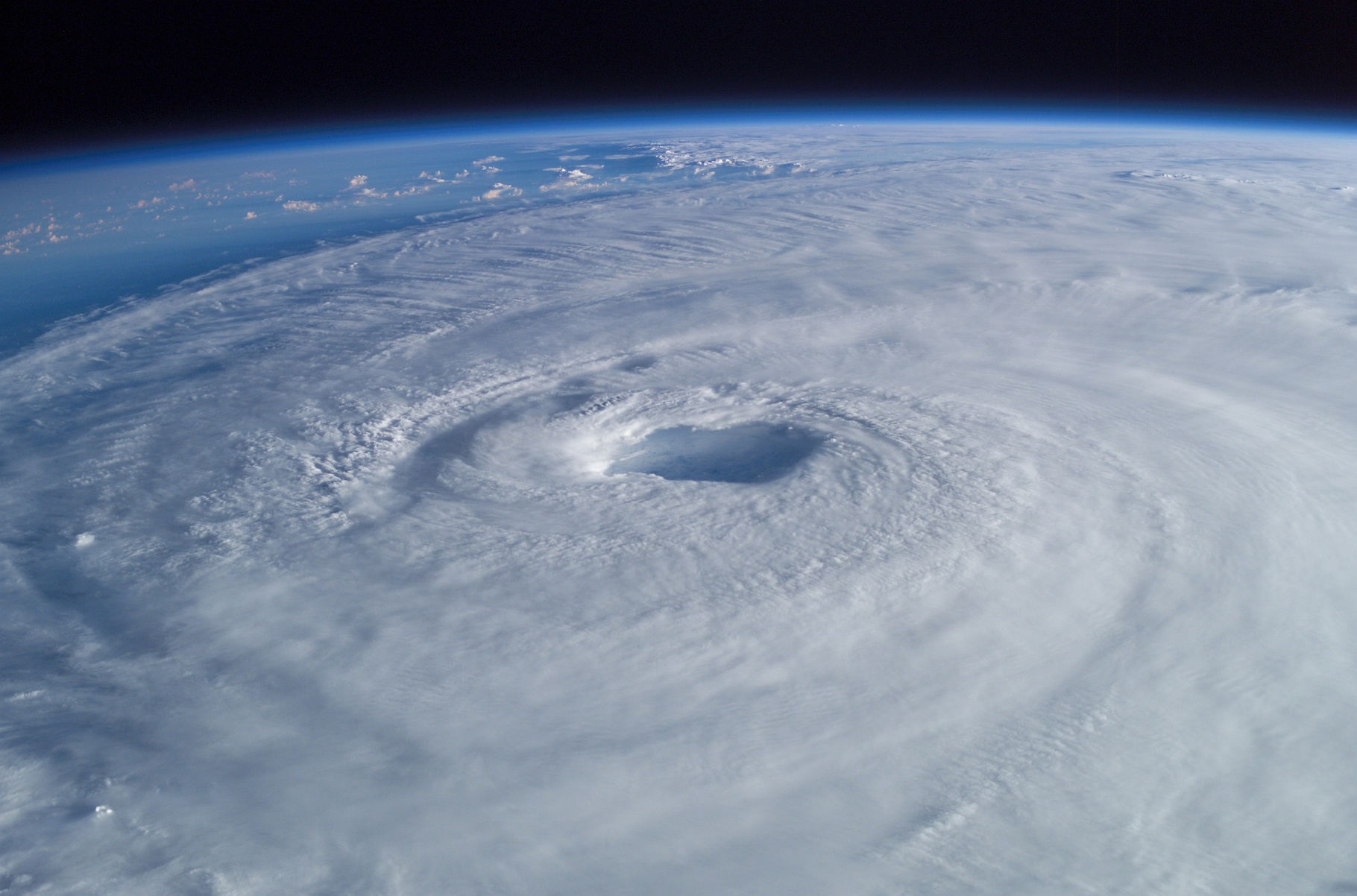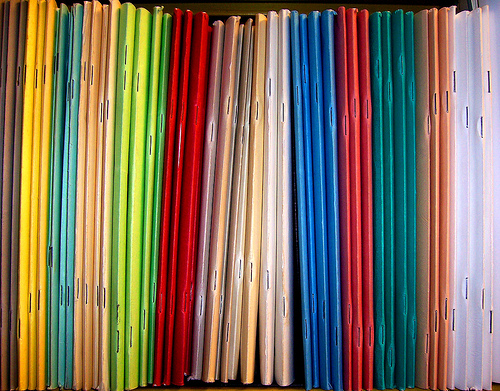Recent posts
Categories
- Adjoint Modeling (6)
- Atmospheric Modeling (11)
- Biogeochemical Modeling (13)
- Climate modeling (20)
- Coupled Modeling (14)
- Lake Modeling (1)
- Model development (8)
- Model-data assimilation (19)
- Ocean modeling (83)
- Offline Modeling (9)
- Planetary Atmospheres (6)
- Sea-ice Modeling (10)
- Uncategorized (16)

 This month we shine light on recently published work by a team of Chinese investigators who have been using MITgcm to study Arctic sea ice.
This month we shine light on recently published work by a team of Chinese investigators who have been using MITgcm to study Arctic sea ice. Mike Spall, a Senior Scientist in the Physical Oceanography Group at the Woods Hole Oceanographic Institution, has been using MITgcm to understand newly observed characteristics of the Denmark Strait Overflow.
Mike Spall, a Senior Scientist in the Physical Oceanography Group at the Woods Hole Oceanographic Institution, has been using MITgcm to understand newly observed characteristics of the Denmark Strait Overflow. Motivated by observations indicating rapidly falling annual sea-ice minima, Manfredi Manizza and co-workers have been using an Arctic configuration of MITgcm to explore the Arctic Ocean Carbon Cycle.
Motivated by observations indicating rapidly falling annual sea-ice minima, Manfredi Manizza and co-workers have been using an Arctic configuration of MITgcm to explore the Arctic Ocean Carbon Cycle. Familiar as we are with satellite images of hurricanes, the impact of these powerful storms on the upper ocean is markedly less visible. Dr Sarah Zedler (Texas A&M University) has been using MITgcm to help understand the features that appear in oceanic field data as a result of hurricane passage above.
Familiar as we are with satellite images of hurricanes, the impact of these powerful storms on the upper ocean is markedly less visible. Dr Sarah Zedler (Texas A&M University) has been using MITgcm to help understand the features that appear in oceanic field data as a result of hurricane passage above.